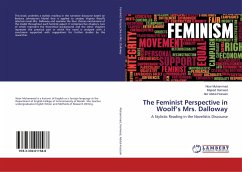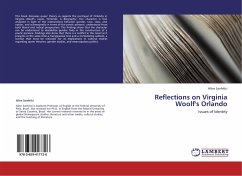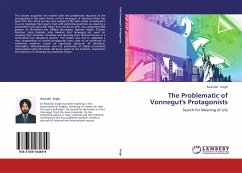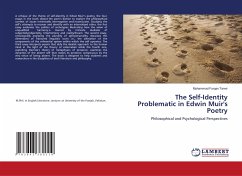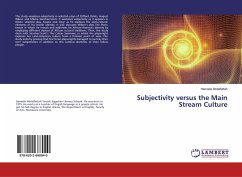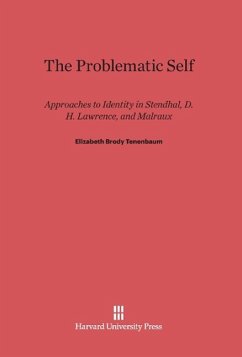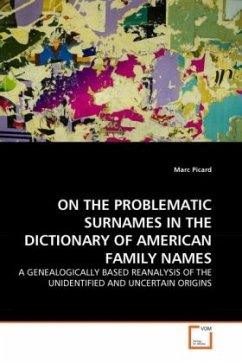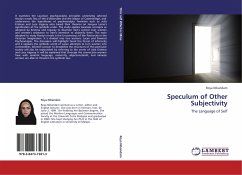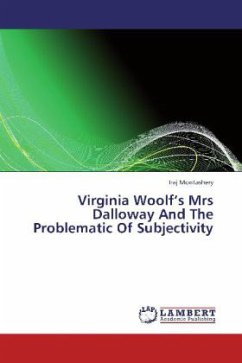
Virginia Woolf's Mrs Dalloway And The Problematic Of Subjectivity
Versandkostenfrei!
Versandfertig in 6-10 Tagen
32,99 €
inkl. MwSt.

PAYBACK Punkte
16 °P sammeln!
Virginia Woolf in Mrs Dalloway (1925) primarily focuses on Clarissa Dalloway s multifaceted identity. To label and accordingly analyse Virginia Woolf's Mrs Dalloway as solely an epitome of modernist novel would be reductionistic and would not reveal its multidimensionality and multifacetedness; therefore, multidisciplinarity, a poststructural approach, was adopted to open up the existing disciplines to new perspectives, to shed more light on the problematic of subjectivity from different disciplines simultaneously. The book attempts to offer a vantage point of standing above and seeing the int...
Virginia Woolf in Mrs Dalloway (1925) primarily focuses on Clarissa Dalloway s multifaceted identity. To label and accordingly analyse Virginia Woolf's Mrs Dalloway as solely an epitome of modernist novel would be reductionistic and would not reveal its multidimensionality and multifacetedness; therefore, multidisciplinarity, a poststructural approach, was adopted to open up the existing disciplines to new perspectives, to shed more light on the problematic of subjectivity from different disciplines simultaneously. The book attempts to offer a vantage point of standing above and seeing the interdependency of language, discourse, power, ideology, ethics and the body in construction of Clarissa Dalloway's labyrinthine subjectivity and challenges the essentialist notion that identities in general, and gender identities in particular, are inevitable, natural and fixed. All the chapters share the insight of social constructionism; that Clarissa's identity, far from being given in advance for her to step into, emerges over time through discursive and other social practices.



